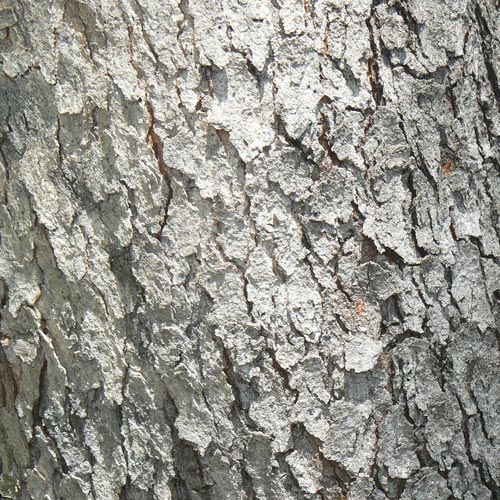This tree grows from 15 to 30 metres high, and up 1 mtre in diameter. The bark is black and rough and separates naturally from the trunk. The wood polishes well, as it is fine-grained and compact, hence it is much used by cabinet-makers. Leaves deciduous, 75 to 150mm long, about 50mm wide, on petioles which have two pairs of reddish glands, they are obovate, acuminate, with incurved short teeth, thickish and smooth and glossy on upper surface; flowers bloom in May, and are white, in erect long terminal racemes, with occasional solitary flowers in the axils of the leaves. Fruit about the size of a pea, purply-black, globular drupe, edible with bitterish taste, is ripe in August and September.
The tree is most abundant and grows to its full size in the south-western States. The root-bark is of most value, but that of the trunk and branches is also utilized. This bark must be freshly collected each season as its properties deteriorate greatly if kept longer than a year. It has a short friable fracture and in commerce it is found in varying lengths and widths 1 to 8 inches, slightly curved, outer bark removed, a reddish-fawn colour. These fragments easily powder. It has the odour of almonds, which almost disappears on drying, but is renewed by maceration. It imparts its virtues to water or alcohol, boiling impairs its medicinal properties.

